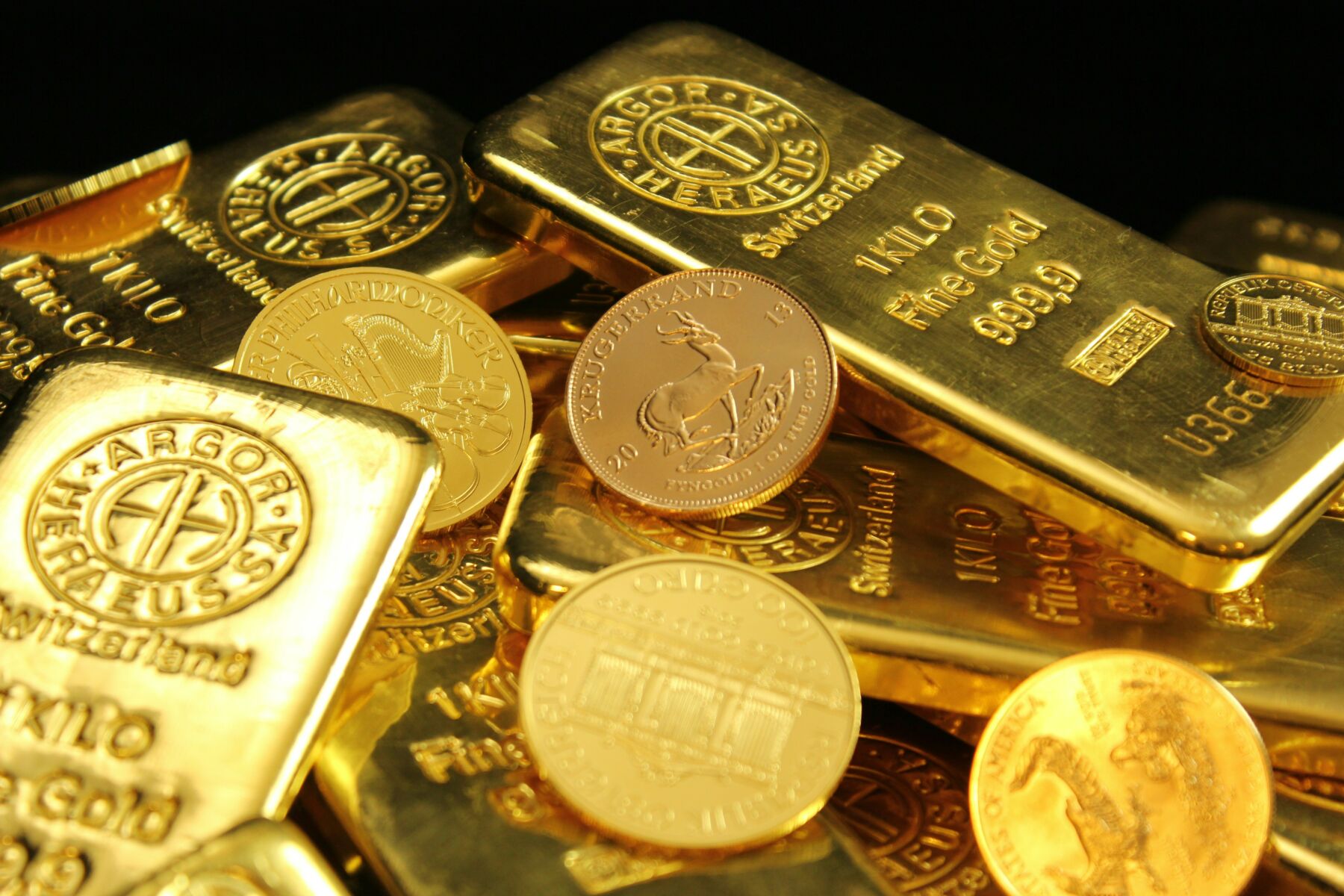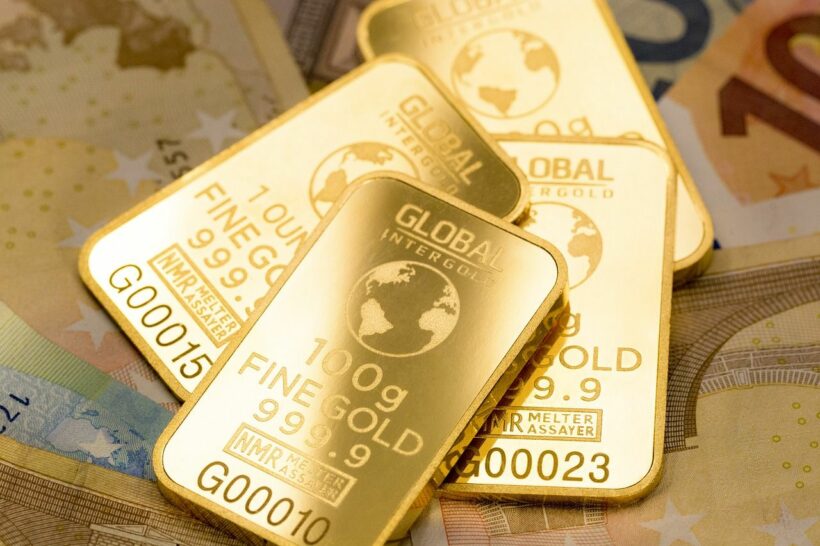Thailand gold prices hit record, surpass 40,000 baht

Gold prices in Thailand soared to a new high today, breaking the 40,000 baht barrier, as reported by the Gold Traders Association (GTA). The market opened with a significant increase from the previous day’s closing rates, with gold ornaments now priced at 40,100 baht per baht-weight (a traditional Thai unit of measurement).
Gold experienced a sharp climb of 350 baht compared to the closing price yesterday, April 2. According to the GTA website at 9.04am today, this surge has set a fresh record for gold prices in the local market.
Gold bars, a standard form for traders and investors, were quoted at a buying price of 39,500 baht per baht-weight and a selling price of 39,600 baht. For gold ornaments, which are typically 96.5% pure, the buying rate stood at 38,794.44 baht per baht-weight, with a selling rate reaching 40,100 baht. These rates reflect the first announcement of the day’s trading activities, reported KhaoSod.
The global gold market, often referred to as Gold Spot, was listed at US$2,283.00 per ounce, indicating strong performance in international markets. This global trend often influences domestic prices, as Thailand’s gold market is closely tied to international movements.
In related news, gold prices in Thailand on March 28 surged in three rapid increments, hitting a new record high as the precious metal’s retail prices broke through the 38,300 baht mark. Amidst this upward trend, the GTA announced three price adjustments by mid-morning, each time increasing by 50 baht.
At 11.14am, gold bullion with 96.5% purity was selling for 37,850 baht and buying for 37,750 baht, while ornament gold was selling for 38,350 baht and buying for 37,066.20 baht. This pricing considers the current exchange rate of 36.42 baht to the US dollar. Meanwhile, the international Gold Spot price stood at US$2,196 per troy ounce.
The analysis from YLG Bullion International Limited suggests that gold prices continued to rise on the global market on March 27, closing up by US$13.83, buoyed by a weakening US dollar which reacted to a short-term strengthening of the Japanese yen.
Latest Thailand News
Follow The Thaiger on Google News:


























